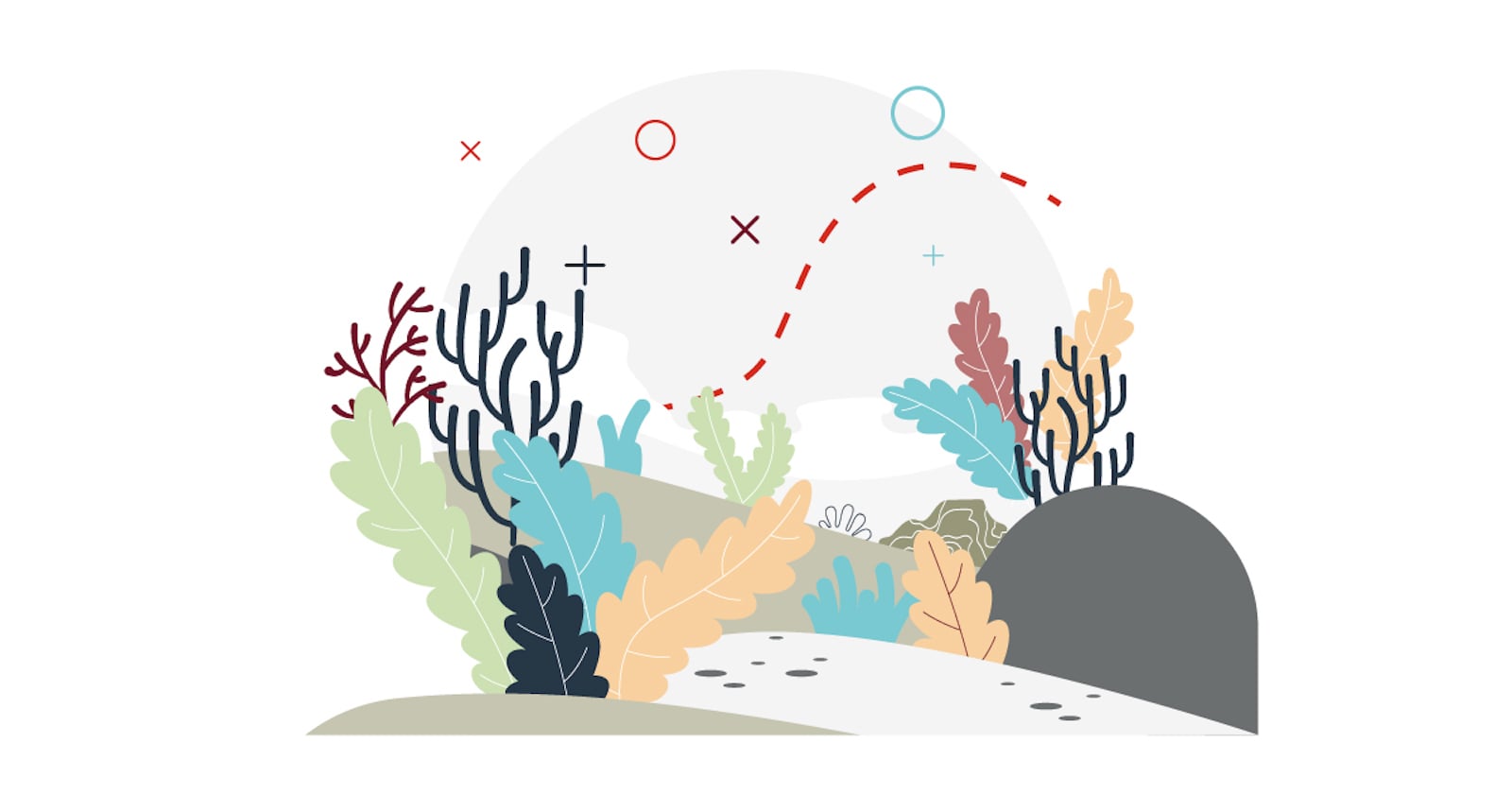Tuesday, October 4, 2022
Marine life has an international day, June 8, but its protection and care are not limited to a single date in the calendar: working for it is a task that extends to every day.
By Mauricio Hdez. Cervantes
Beneath the immeasurable and hypnotic blues and greens of the ocean lies most of the planet's biodiversity. We are talking about underwater 'forests' and reefs that produce at least 50% of the planet's oxygen and are also a source of food for millions of people around the world. It is precisely their qualities that are endangering them: the intensive use of these resources and the effects of global warming, among other phenomena, are depleting the ecosystems of one of the planet's great lungs. In view of this situation, the application in the marine environment of the latest technological and biological knowledge has become an essential mission to sustain the balance of the biosphere, but also the climate and food balance.
The oceans cover 70% of the world's surface and are home to 80% of all living things, absorbing 25% of carbon dioxide emissions and capturing 90% of the extra heat generated by them. Why, then, not identify them as a priority in the face of the climate challenge? As Antonio Guterres, Secretary General of the United Nations, said at the recent 2022 Ocean Conference, caring for the oceans is part of a new chapter in the relationship between people and the environment, as well as a key challenge for meeting the Sustainable Development Goals (SDGs) of the 2030 Agenda. We shall remember that this decade has also been declared by the UN as the Decade of Ocean Science for Sustainable Development. The objective is to research, map (most of it is not yet mapped) and explore the oceans so that cutting-edge technology can help us preserve and protect them.
The oceans cover 70% of the world's surface and are home to 80% of all living things.
But what are we doing to conserve the underwater biosphere? To begin with, countries such as Spain, from the legal framework, have seriously adopted the measures of SDG 14, such as reducing marine pollution and controlling overfishing (which seriously endangers sharks and rays, for example). But in addition to that, there are also people who fight for this cause from civil society, such as the renowned 28-year-old Dutch environmentalist Boyan Slat. His case is that of The Ocean Cleanup, a foundation he created that is dedicated to the development of large-scale technologies to clean the oceans of plastic. The foundation's objectives are so ambitious that the aim is to remove 90% of this material from the seas. Their impact is global, and companies such as Coca-Cola are already collaborating with their cause. The goals that have been set are not easy, but their results are encouraging: they have already collected the first 100,000 kilograms of plastic from the Great Pacific Garbage Patch. However, much work still has to be done, as it is estimated that this giant floating plastic island is made up of more than 100,000,000 kilograms of plastic waste.
With the same will, Cepsa has promoted projects dedicated to the protection of the marine environment. One of them is SICMA, an innovative system that uses big data to anticipate hypothetical incidents involving chemicals in the maritime and port environment. Similar is the case with NETCON, an intelligent network of fiber optic sensors specialized in immediate leak detection in their offshore facilities.
Education is the best tool
Although it may seem that plastic is the number one enemy of the oceans, reality shows us that this is not the case: the thousands of tons of garbage that reach the water don’t get there on their own. Mismanagement, as well as lack of education and awareness, are part of the source of the problem.
This is the opinion of Alejandra Ramos, a Mexican publicist dedicated to debunking myths about false environmentalism. For her, replacing plastic straws with bamboo ones is not a solution. Ramos often talks about a particular case, that of Norway and Bangladesh regarding the consumption-management relationship of plastic reaching the ocean. Bangladesh, as she herself recounts, banned single-use plastics years ago, which would seem to be an excellent initiative to prevent this material from continuing to reach the world's waters; however, this is not the case: even today it still appears in the top 10 of the countries that dump the most plastic into the sea. Why? Because its management in this regard is not adequate. On the other hand, there is Norway, the country that consumes the most plastic per capita and, at the same time, the one that pollutes the oceans the least: their plastic management is so efficient that they even have a system to collect it and convert it into energy.
The future of life on Earth depends to a large extent on what we do every day for marine life and our oceans. That is why it is important to take care of them and to manage our waste intelligently, so that we will never again be afraid that the colorful images of the seabed and the sea surface will be reduced to shades of gray.
¿Te ha parecido interesante?





